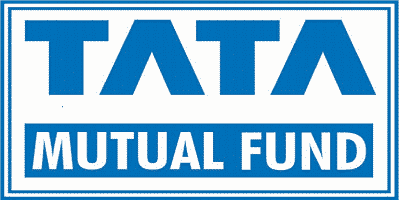On June 6, 2019, Tata Mutual Fund launched the side-pocketing (segregated portfolio) option to set aside its troubled investment in Dewan Housing Finance Limited (DHFL). They are created for 3 schemes namely Tata Corporate Bond Fund, Tata Medium Term Fund, and Tata Treasury Advantage Fund. This is India’s first formal use of the side pocketing provisions which was introduced by the Securities and Exchange Board of India (SEBI) in December 2018.
 Key Points:
Key Points:
- The investors are allowed to redeem their investments in 3 schemes without any exit load till June 14, 2019.
- Tata mutual fund house has already suspended subscription in 3 schemes and more fund houses are expected to use the side-pocketing facility in the coming days.
- Investors redeeming their units after June 14, 2019, will get redemption proceeds based on the Net Asset Value (NAV) of the main portfolio. They will continue to hold the units of the segregated portfolio.
- As on April 30, 2019, Tata Corporate Bond Fund had a 28.21% exposure to DHFL, Tata Medium Term Fund had a 14.60% exposure and Tata Treasury Advantage Fund had a 3.77% exposure.
- Nearly 24 mutual funds across 165 schemes have Rs. 5,336-crore exposure to DHFL as per April 2019.
About Side Pocketing:
Side pocketing is a procedure introduced by SEBI allowing Asset Management Companies (AMCs) to separate out a section of their portfolio corresponding to the bad debt held by them. Investors receive units in the segregated portfolio and these units are held separately. No further inflows are allowed into the side-pocketed component of the fund. Investors can redeem these units when money is recovered from bad debt. It requires an amendment of the Scheme Information Document (SID). This amendment constitutes a ‘fundamental change of attribute, granting investors a 30-day exit load free window to leave the fund.




